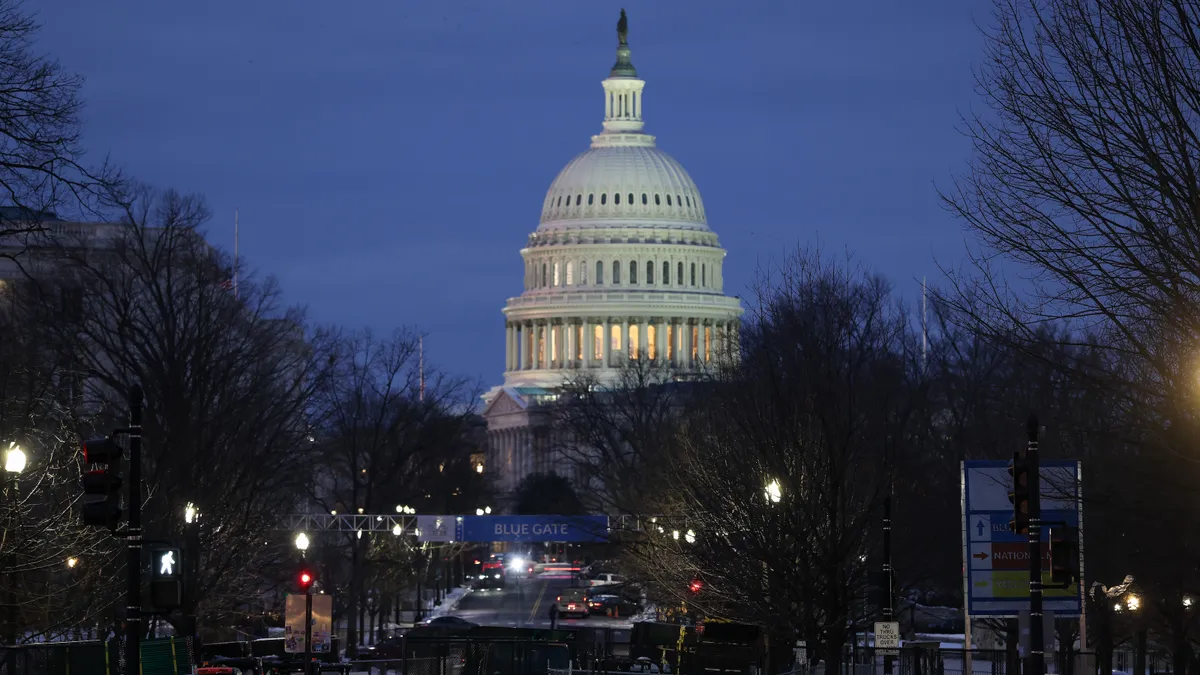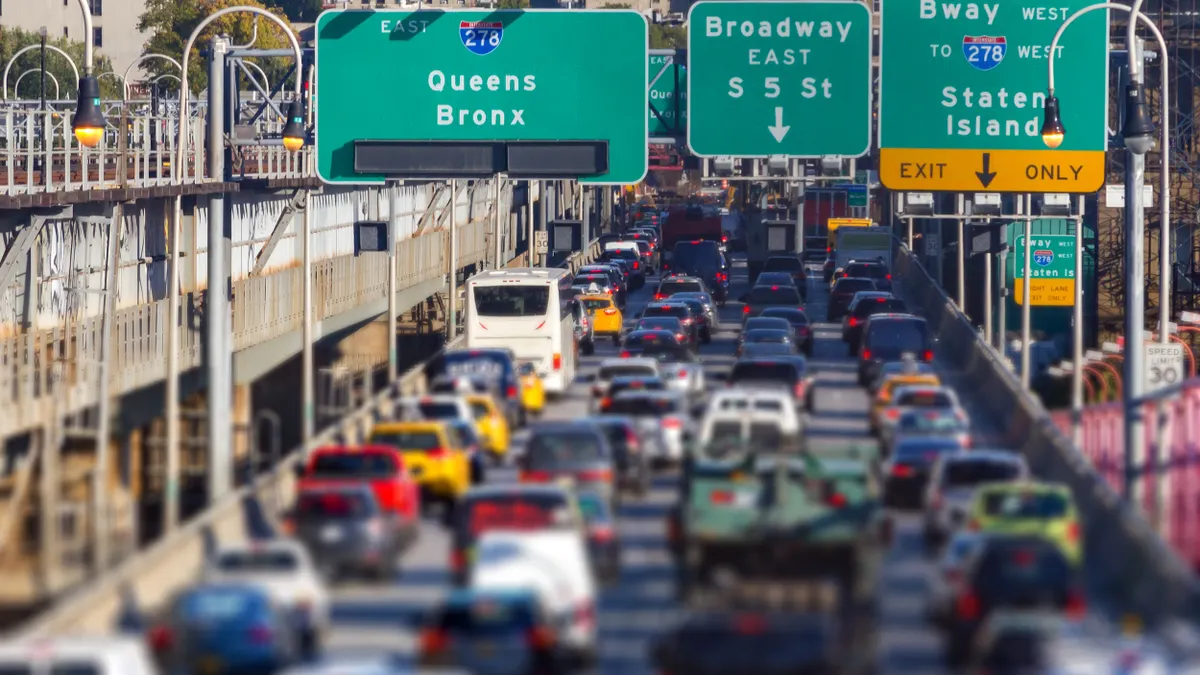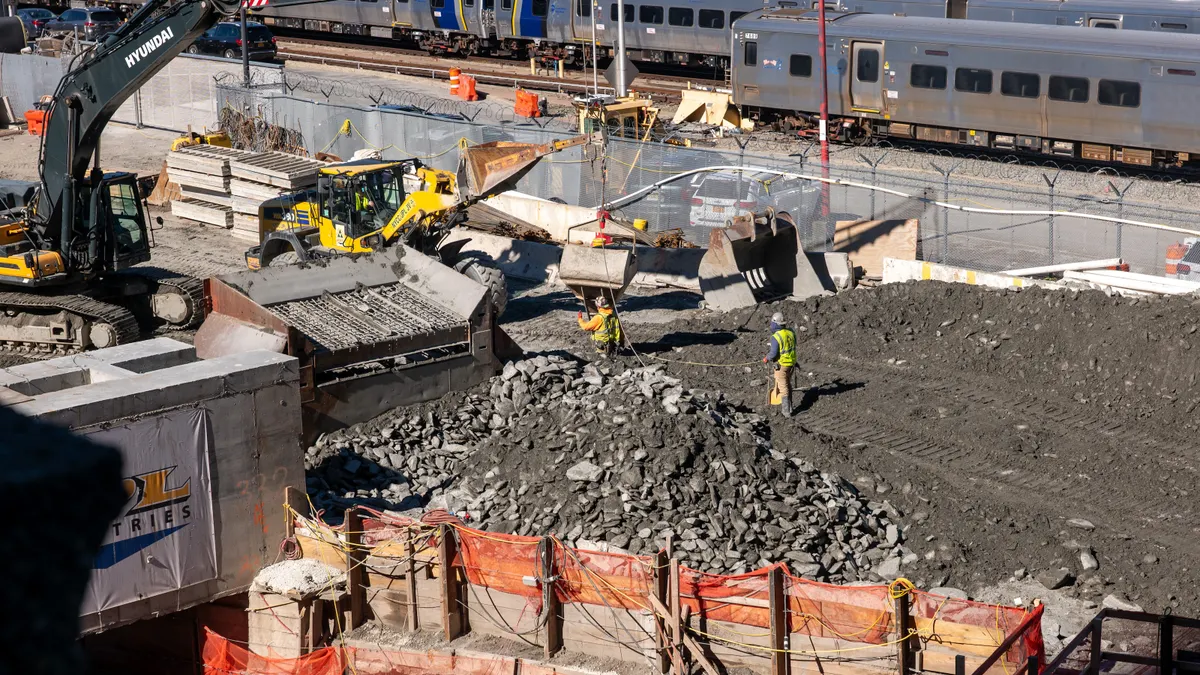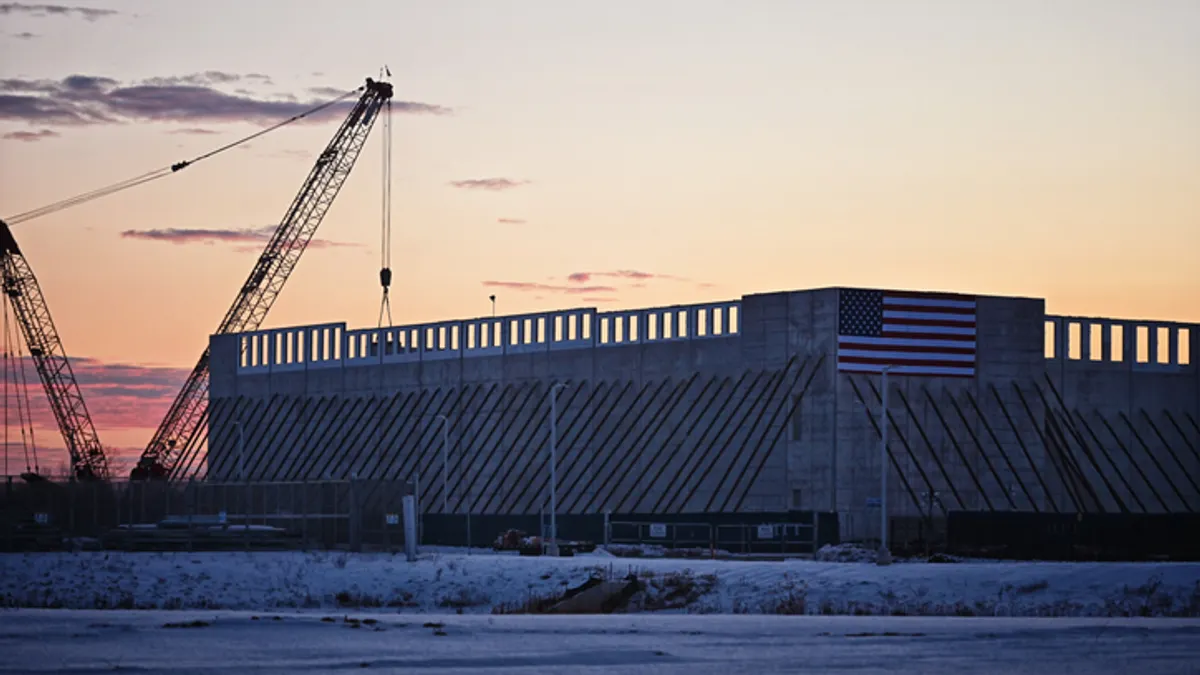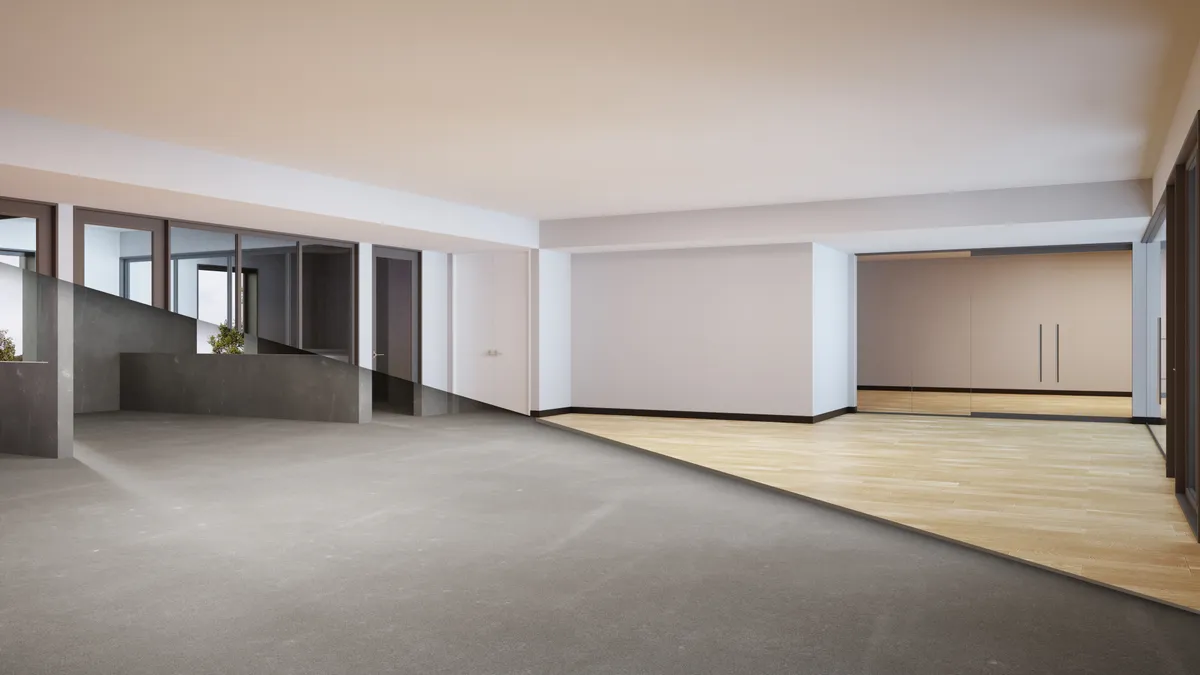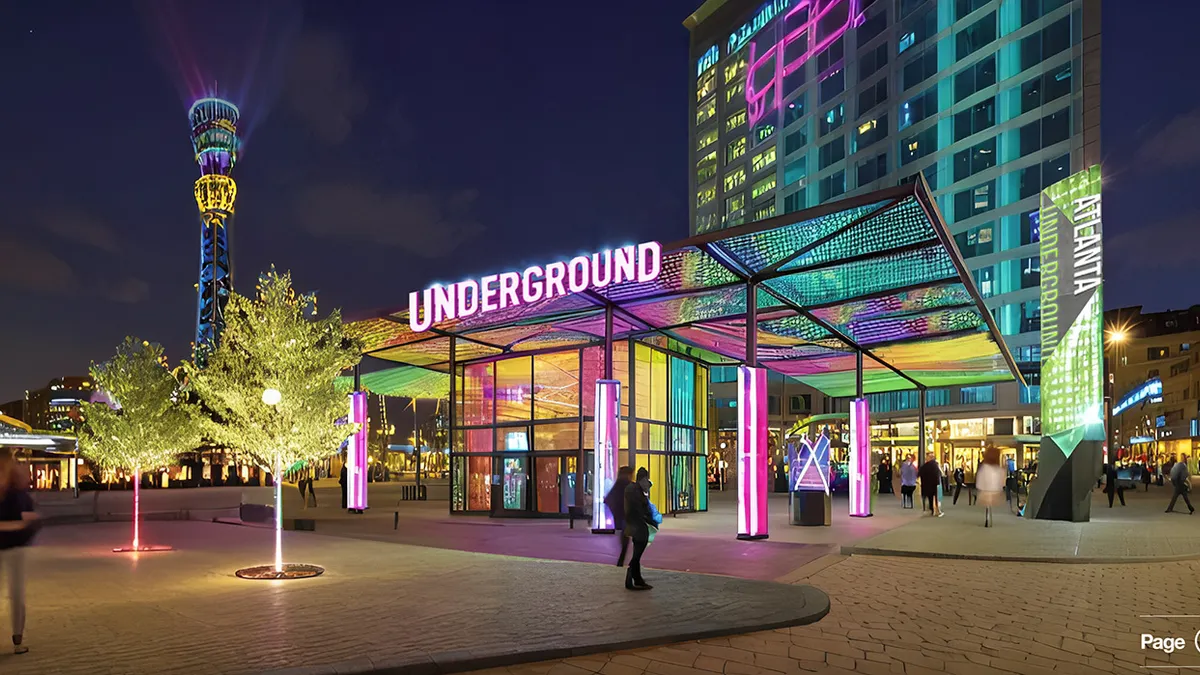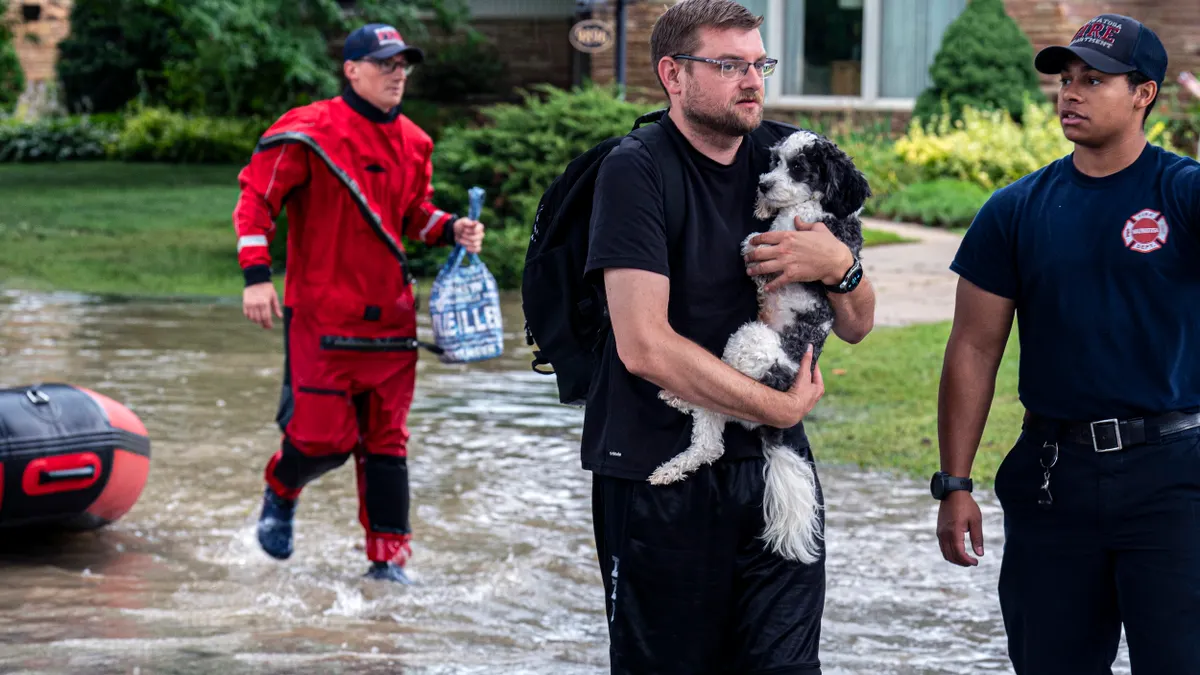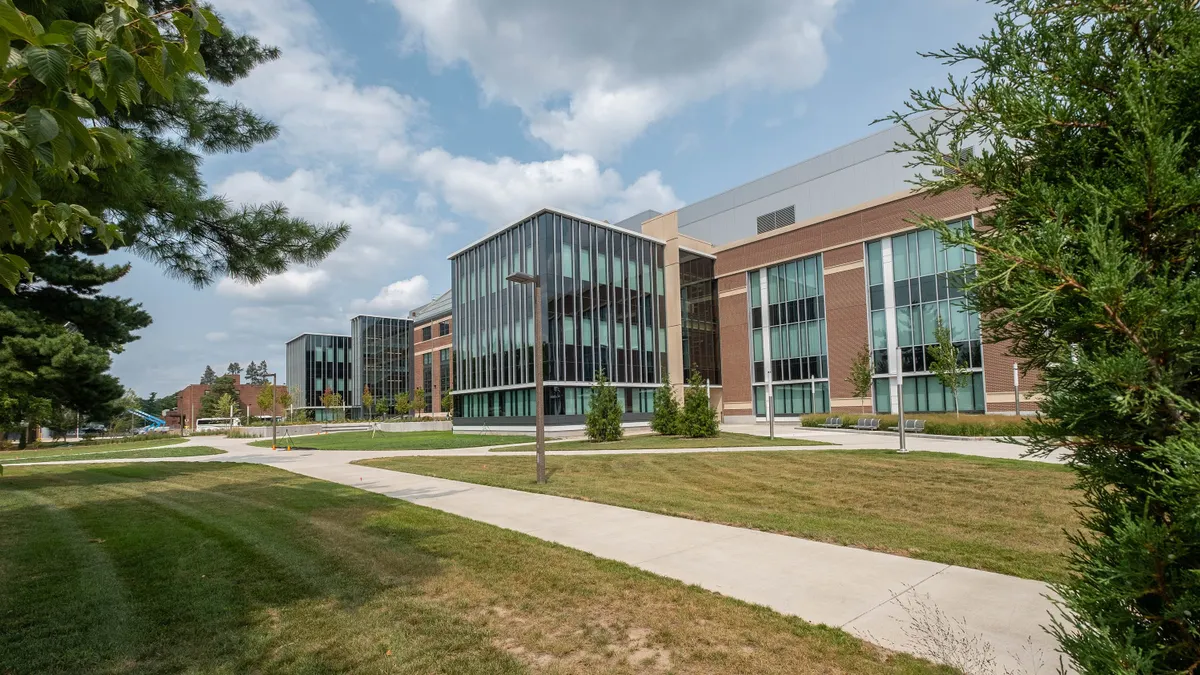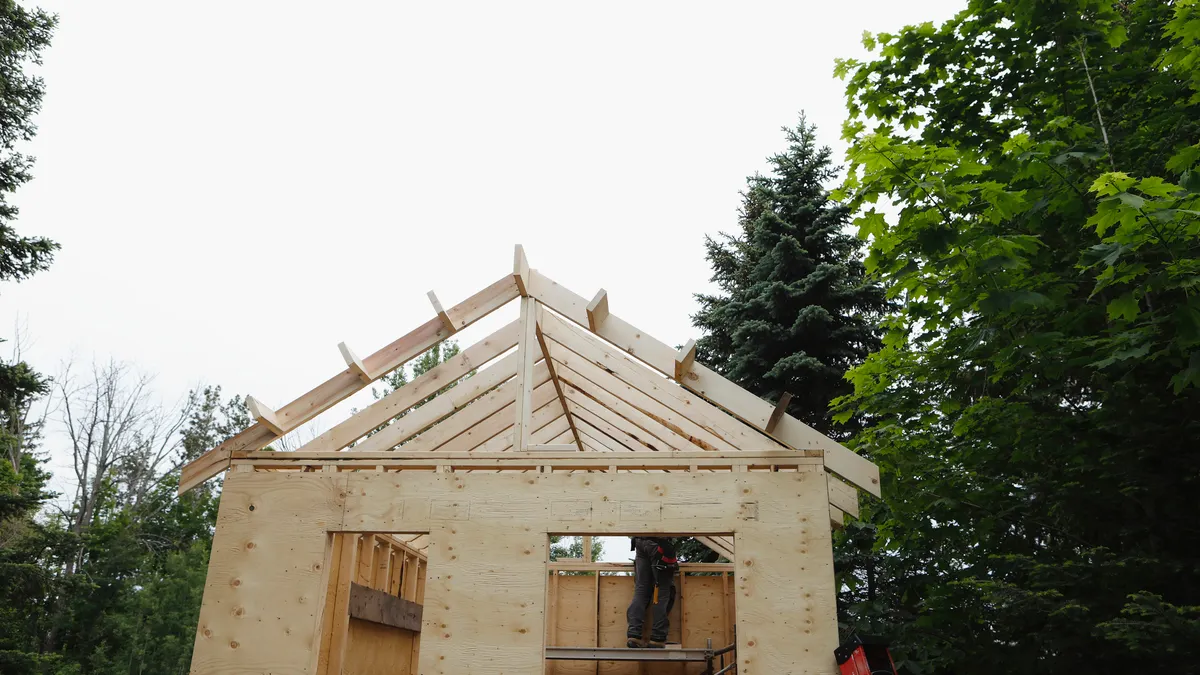Construction executives will be watching how President Donald Trump’s second administration plans to handle certain industry challenges that have plagued progress for some time.
To support construction growth, the Associated General Contractors of America recently outlined five key recommendations for the Trump administration during a construction outlook webinar on Jan 8. They are:
Chip away at workforce shortages
Results from AGC’s annual outlook survey continue to highlight the industry’s workforce issues.
To address these gaps, AGC emphasized the need for new temporary work visa programs tailored to the construction industry.
“In the short term, we are urging the new administration to work with Congress to establish new programs for temporary work visas that are dedicated to the construction industry,” said Ken Simonson, AGC chief economist, during the webinar. “This will allow firms a way to provide lawful workers so they can keep pace with important economic development projects like improving infrastructure and building new manufacturing and semiconductor facilities.”
In Kansas City, large scale-projects including data centers and Panasonic’s $4 billion EV battery facility illustrate the scale of these labor challenges, said webinar panelist Andy Heitmann, vice president of operations at New York City-based Turner Construction.
“We do have a lot of labor pressure, not only for the frontline trade worker, but as well as professional staff,” said Heitmann. “For example, on a project here, we had about 4,000 workers going through the gate to work on a project, six days a week. [Of those workers,] we had about 40% travelers, and when I say travelers, that’s 48 of the 50 states. We have workers coming from all over.”
The situation in Florida reflects similar challenges, compounded by a lack of skilled labor, said panelist Rex Kirby, president and CEO of Verdex Construction, a West Palm Beach, Florida-based general contractor.
“We have a great labor force, a hard-working labor force, but it’s a very unskilled labor force, so it takes a lot more supervision on our part to get the work done,” said Kirby. “Then there’s definitely some fear because we do have a largely immigrant workforce. They’ll ask our teams in the field frequently like, ‘Hey, are they going to try to send me home?’ And of course, we’re saying no.”
AGC also called for increased investment in post-secondary and high school construction training programs through the Stronger Workforce for America Act and the Carl D. Perkins Career and Technical Education Act.
“The attraction of people coming into our industry is getting better, but we are so far behind,” said Heitmann. “I think we have a long way to go.”
Avoid tariffs
Tariffs remain a significant worry for contractors, particularly with Trump’s pledges on the topic, said Jeffrey Shoaf, AGC’s chief executive officer, during the webinar.
“The new conversation by the incoming administration about tariffs has really got people worried about what that does to critical elements of construction projects in the U.S.,” said Shoaf. “We’re going to make sure the administration knows what those are to try and mitigate the impact of tariffs on contractors around the country.”
Across-the-board tariffs could further strain the supply chain, particularly for specialty equipment and electrical gear, said panelist Norbert Schulz, vice president of marketing and business development at Filanc, an Escondido, California-based general contractor.
“There are numerous types of specialty treatment equipment, pumps, valves and the like, that do come from overseas that would be subject to tariffs,” said Schulz. “And they tend to be the highest-dollar-value ticket items as far as equipment goes on our work.”
Heitmann echoed those worries.
“The megaprojects have the electrical work that Norbert was referring to. I’ve got 500 air handlers on one project alone,” said Heitmann. “Quite frankly, pricing is elevated because there’s a lot of work going on.”
Accelerate permitting
AGC called on the administration to address permitting delays that stall critical projects.
“The good news is the incoming president has the authority he needs to rapidly accelerate federal reviews,” said Simonson. “If President Trump moves quickly to streamline the permitting process, many delayed projects should see a rapid start to construction.”
The Project Stress Index, a measure of construction projects that have been paused, abandoned or have a delayed bid date, fell 7.4% in December. However, that figure still remains 5.6% above 2021 levels, according to Cincinnati-based ConstructConnect. On-hold projects also ticked up 6.2% in December, according to the data.
Broaden participation on federal projects
The organization also called for revoking President Joe Biden’s executive order mandating project labor agreements for federal projects exceeding $35 million. The group argued that this measure restricts two-thirds of the construction workforce from participating in federally funded projects.
“President Trump should take immediate steps to remove limits on who can work on federal construction projects,” said Simonson. “The measure severely [undermines] the nation’s capacity to build.”
Support infrastructure projects
Infrastructure investment remains a critical area of focus for contractors, with optimism about future projects, said Shoaf.
“There’s a lot of talk about cutting spending, but it doesn’t seem to be in the infrastructure space,” said Shoaf. “The Biden administration put a lot of money into infrastructure, the Trump administration four years ago put a lot of money into infrastructure. I don’t see that changing now and neither do the contractors. They see that as an area where there’s projects in the pipeline and there’s more good news to come.”
For example, Florida has seen a surge in infrastructure and public-sector projects, said Kirby.
“There’s a lot of public sector work out there now, and actually a lot of school work and school renovation work because of the age of some of the schools throughout the state,” said Kirby. “They’re now starting to go back and put money into bringing those up to not only security measures but also just putting in some maintenance into those facilities.”



